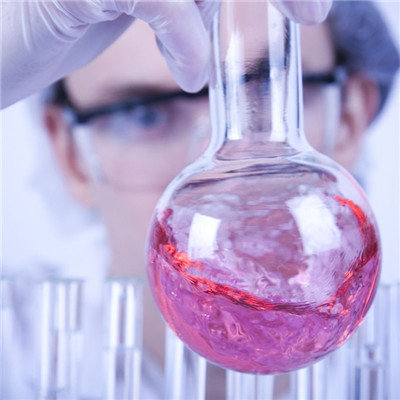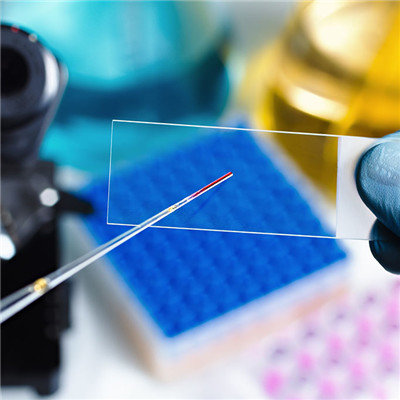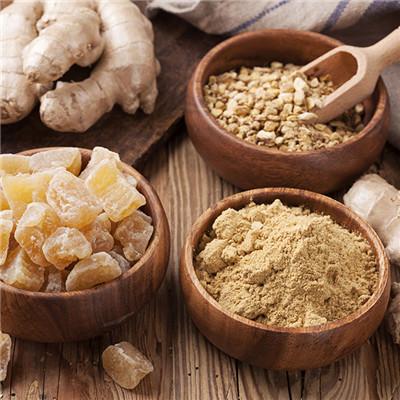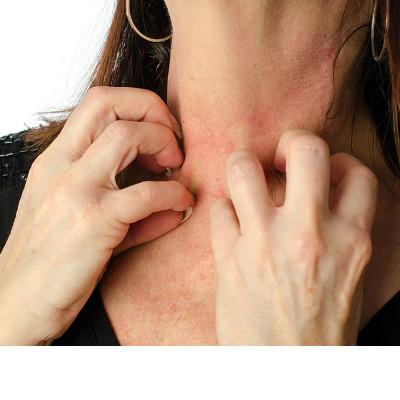Symptoms of autoimmune anemia
summary
Among the autoimmune anemia, the more common is autoimmune hemolytic anemia. The immune function of the patients with this disease is disordered. On the surface of the patients' red blood cells, there will be autoantibodies or complements. Through the autoimmune reaction, the speed of destruction of red blood cells will be accelerated, and eventually lead to a kind of hemolytic anemia. Symptoms of autoimmune anemia? Next, I'd like to share my views with you.
Symptoms of autoimmune anemia
First: if there are warm antibodies on the surface of red blood cells in patients with autoimmune hemolytic anemia, the disease progress is very slow after the onset, and the patients often have dizziness and fatigue, and the degree of anemia can be large or small. About 50% of these patients will have splenomegaly, and more than 1 / 3 of the patients will have jaundice symptoms. After the onset of the disease, the patient's liver is swollen. If the onset of the disease is very urgent, then the patient's body finally shivers, and high fever diarrhea.

Second: warm type autoimmune hemolytic anemia patients, in the deformation of acute attack, can lead to shock, and lead to neurological dysfunction. Some patients will have thrombocytopenic purpura after onset. If it is cold resistance type autoimmune hemolytic anemia, it is easy to appear cold agglutinin syndrome after the onset. At this time, the capillary of the patient is easy to appear red blood cell agglutination phenomenon when it is cold.

Third: after the onset of cold resistance type autoimmune hemolytic anemia, the body's blood circulation function is impaired, which will lead to chronic hemolytic symptoms. After the onset of the disease, the patients' hands, feet, earlobes and other parts are prone to cyanosis. The patients often feel numbness and pain. When the body encounters a warm environment, these symptoms will gradually disappear.

matters needing attention
1. Usually, you should eat more foods rich in iron, such as lean meat, pig liver, egg yolk and kelp, Nostoc flagelliforme, laver, agaric, Xiangru beans, etc. Fresh green vegetables, fruits, melons, beans and meat are rich in folic acid. Meat, liver, kidney, heart and other viscera are rich in vitamin B12. However, after high temperature cooking, more than 50% folic acid and 10-30% vitamin B12 can be destroyed.











